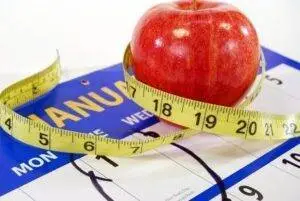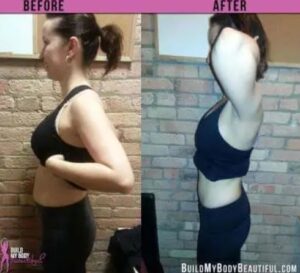Question on how to reduce sugar in our diets is one that keeps holding onto the main stream media’s centre stage. The World Health Organization (WHO) released updated guidelines in 2015 regarding sugar intake for adults and children. WHO suggests a further reduction of the intake of free sugars to below 5% of total energy intake. The main reasoning for this, is sugar reduces our intake of nutritionally dense foods, aka those vegetables, whole grains and quality protein sources we often don’t eat enough of. Many of us may be surprised by where this sneaky ingredient is hiding. Even more shocking is the evidence to suggest that an increase in sugar intake is associated with increase in body weight.
To Reduce Sugar, First Know Where It Hides
Sugar is a term used to describe a type of carbohydrate. As you may remember from my last post, carbohydrates are our main source of fuel, and we need them to survive and be healthy. Sugars are small molecules, either one or two molecules bonded together. Some are naturally found in food sources such as fruit, dairy, and honey while others are added to foods. Both are similar molecules, and WHO categorizes them as “free sugars”. Although sources from dairy and fruit have natural free sugars, they contain other nutrients and health benefits, not so much of a concern as are foods that have sugars added during manufacturing and processing.
Obvious sources of free sugars include sugar-sweetened beverages such as pops, juices, energy drinks, and chocolate milk. Other obvious sources include cakes, cookies, and candy. There are however, some food sources that aren’t so obvious; fruit flavoured yogurts, granola bars, cereals, salad dressings, sauces (ketchup, bbq sauce, teriyaki), flavoured hot drinks (hot chocolate, pumpkin spice latte), peanut butter and bread. Even tomato sauce, frozen meals and most condiments have it added. Other items that have high sources of free sugars (not added, but naturally high) are things like cold pressed juices, homemade smoothies with lots of fruit, or granolas sweetened with agave nectar to name a few.
How Much Sugar Are YOU Having Everyday?
Let’s back up a minute. It’s great that these recommendations from WHO are available, but what does it really mean for us Canadians? Nutrition labels must list the amount of sugar per serving in packaged products, but they don’t have to indicate how much of that sugar is added. So how can we know if we are having too much?
An easy place to start is to consider if there are any sources of added sugar in your diet. Take a look at the example below:
Breakfast: Skim Vanilla Latte with 2 toast, peanut butter and jam
Lunch: Salad with protein, fruit, whole grain baked good, water
Mid-Afternoon Snack: Commercial granola bar, tea with 1 tsp sugar and milk
Dinner: Chicken, Rice, steamed veggies, 1 cup of juice
Evening Snack: FruitThere are 7 sources of added sugar; the latte, peanut butter, jam, baked goods, granola bar, sugar in tea, and the juice. If your diet it somewhat similar to the example above, you’re likely getting over 10% of your total calories from sugars and mostly in the form of added sugar from low nutrient food sources.
Here Is What You Can Do to Reduce Sugar
So let’s make some adjustments to help you reduce sugar; swap the flavoured latte for plain, try natural nut butter and no-sugar-added jam or smashed berries, try making a homemade baked good at home using stevia or reduced amount of sweetened, switch to a no-calorie sweetner in your tea or go without, get a low sugar protein bar to swap for the granola bar (ie/ Quest, ONE, Mission1, etc), and replace your juice at dinner with water or herbal tea. By making small changes you can easily reduce sugar and overall calories you consume.
by: Alysha Coughler, Body Beautiful Coach and Registered Sports Dietitian (MCHS, RD)
About the Author: Ana Plenter
Ana Plenter is a an Award Winning Personal Trainer, Fitness Competitor & Competition Coach and the Founder of Build My Body Beautiful & Body Beautiful Fitness

Unlock the Power of Wild-Caught Fish Oil: A Healthier Choice
Health Benefits of Fish Oil Did you know that in the USSR, fish oil was a mandatory supplement in schools? This intriguing practice, now supported by modern science, showcases the vast health benefits of wild-caught fish oil, including its anti-inflammatory properties, immune support, and enhancements to brain and heart health. Yet, not just









